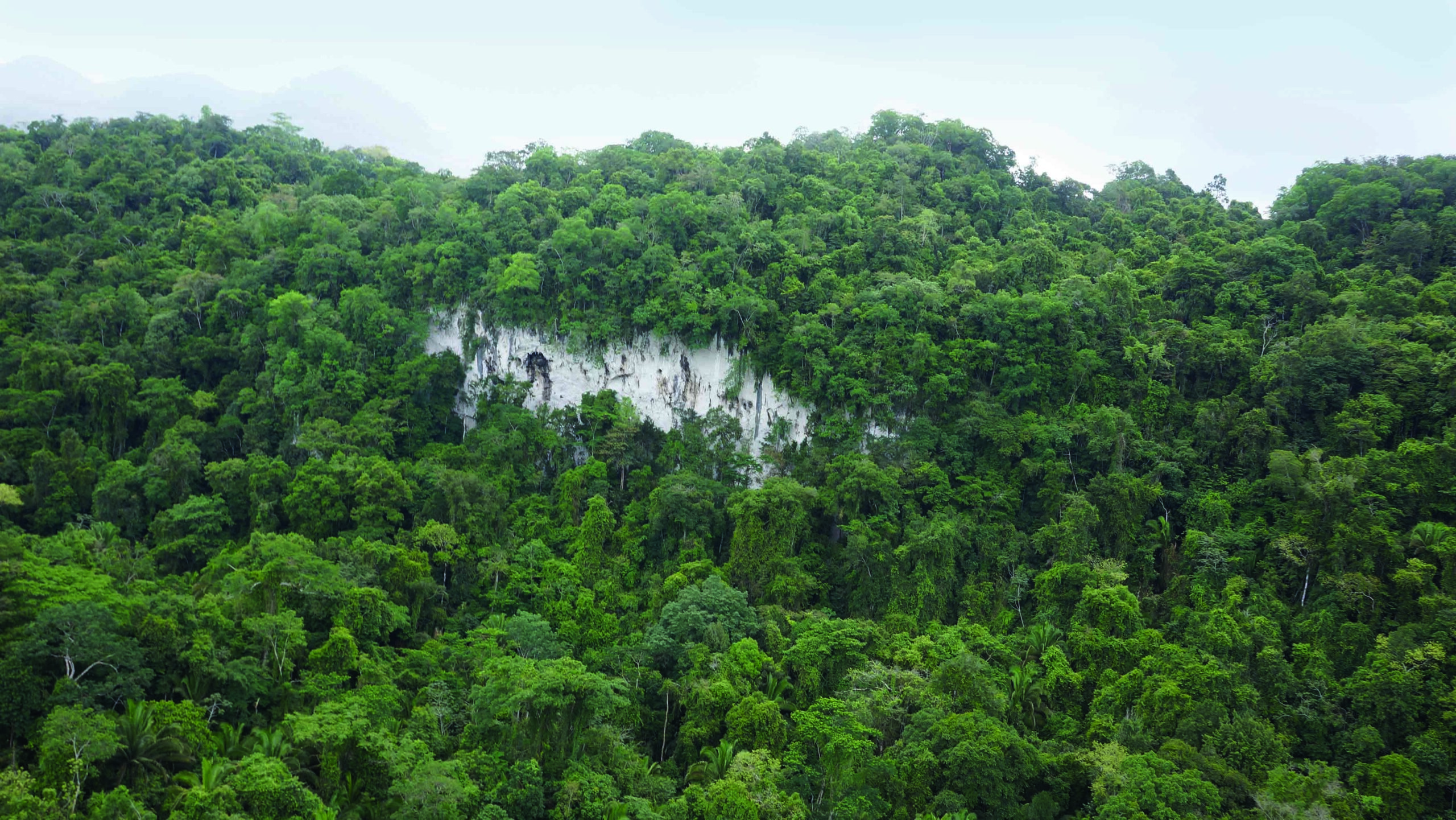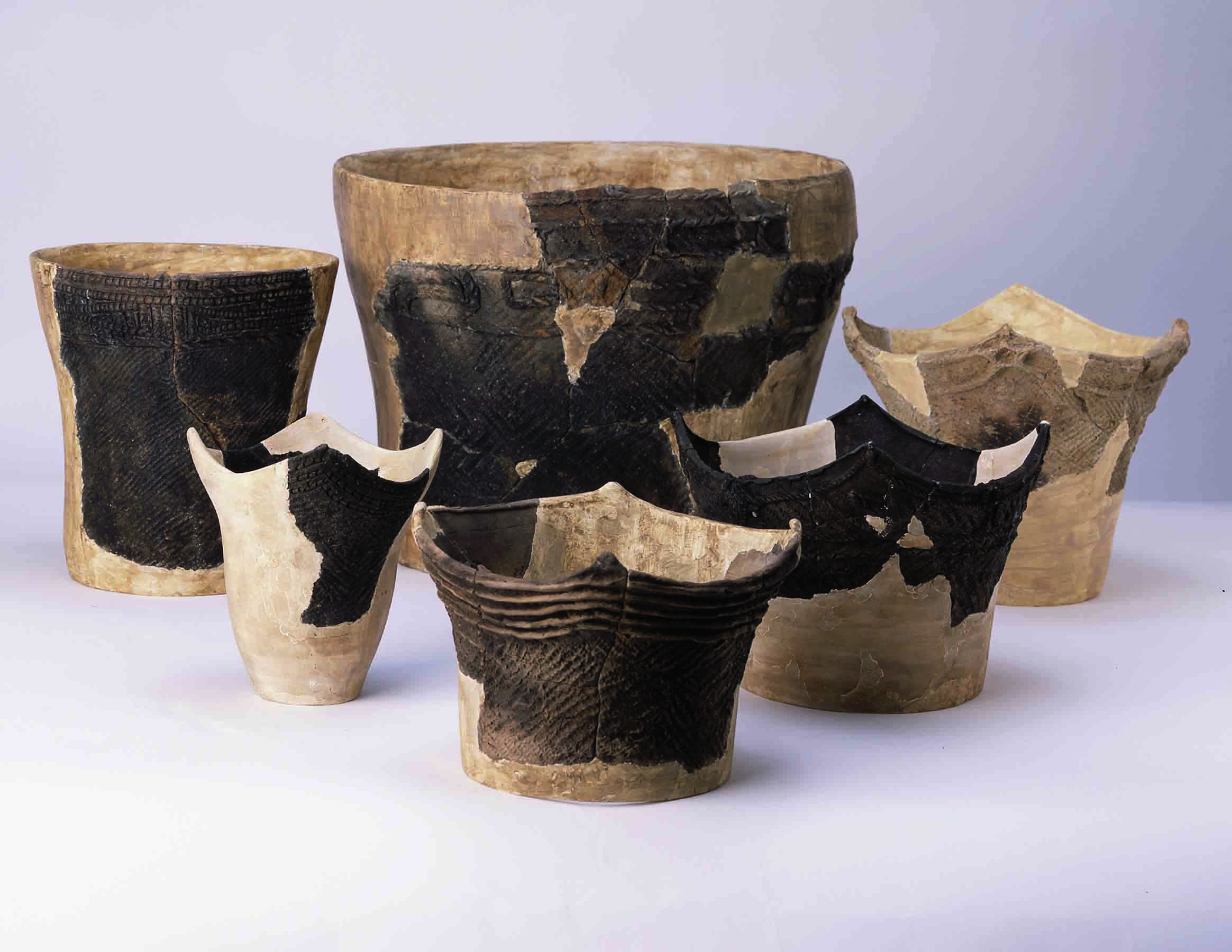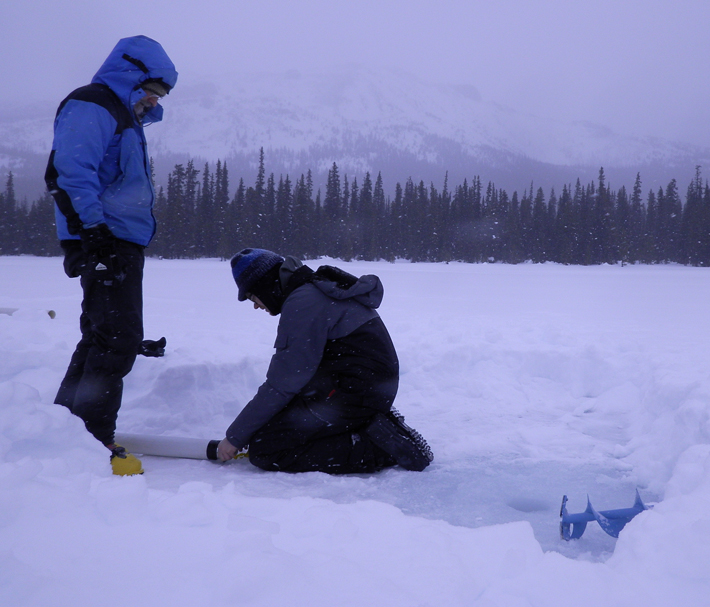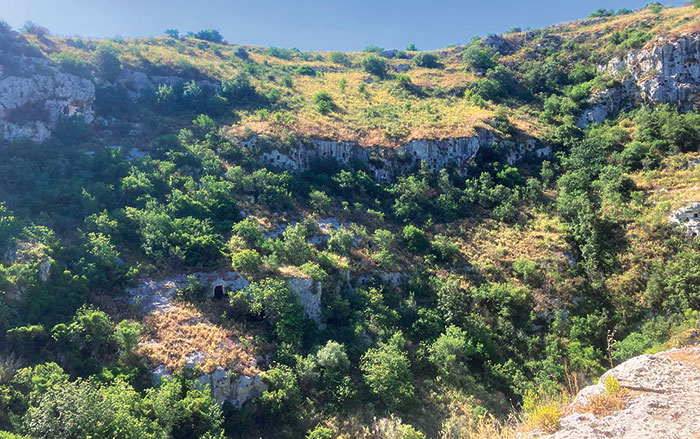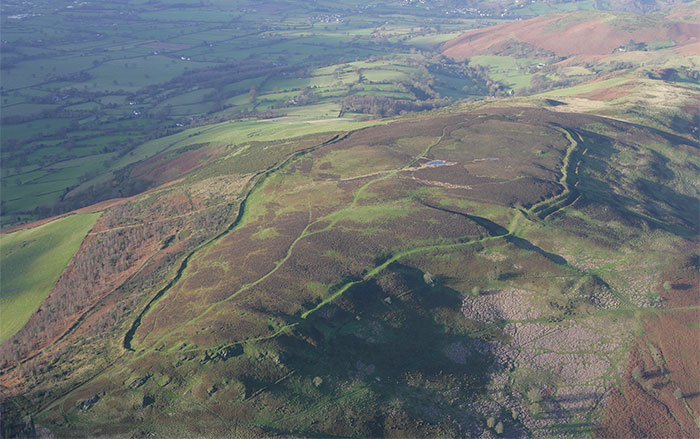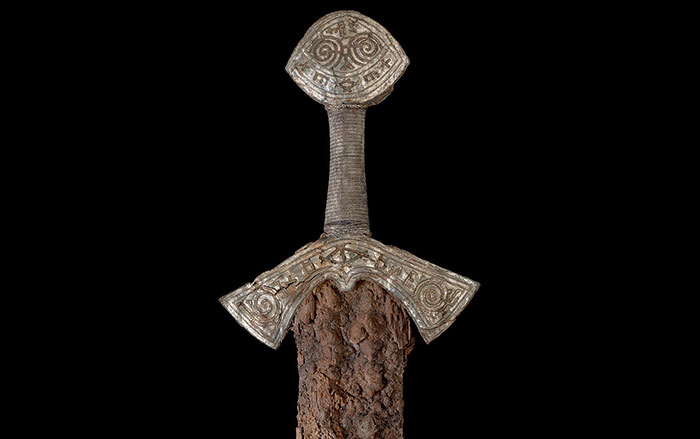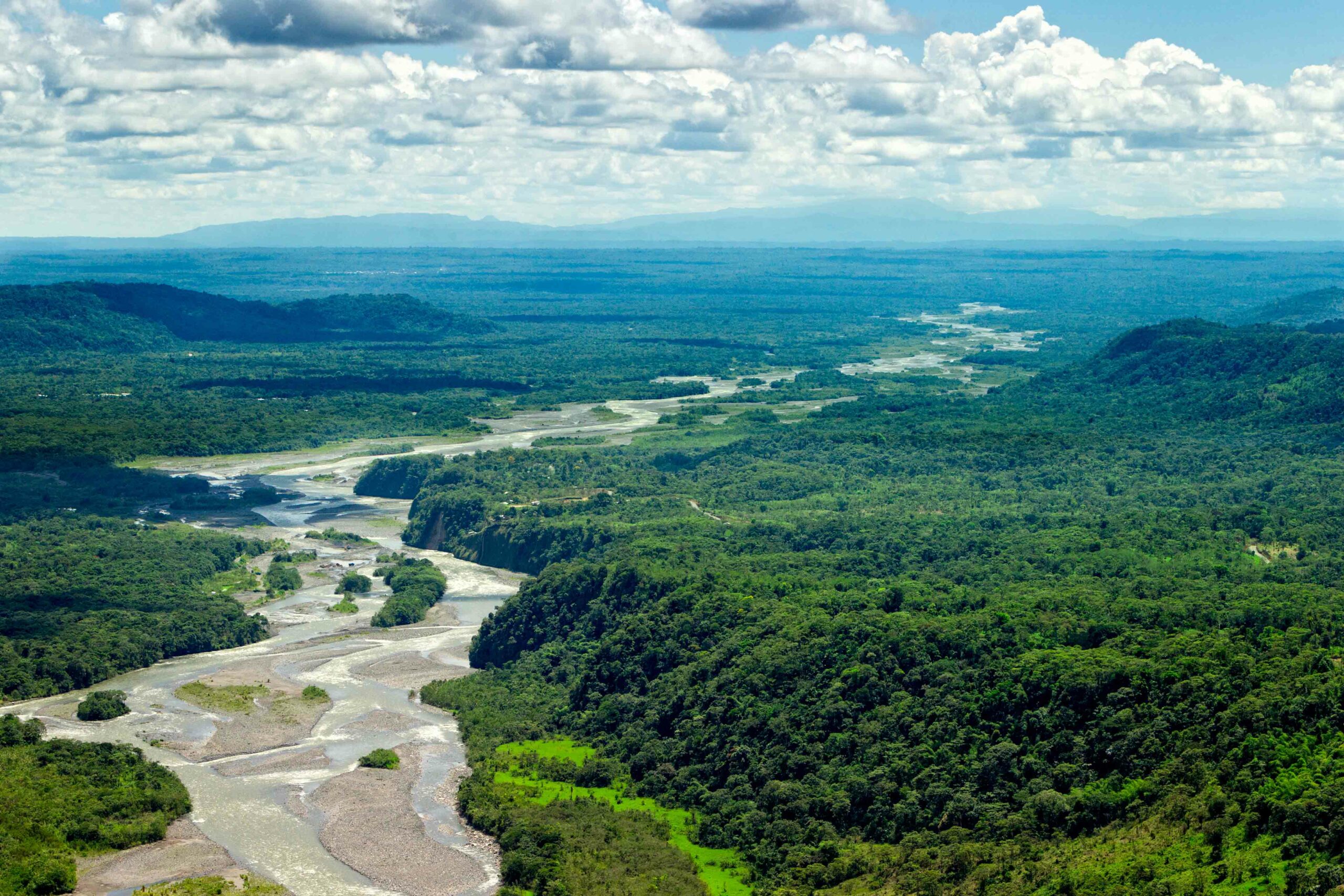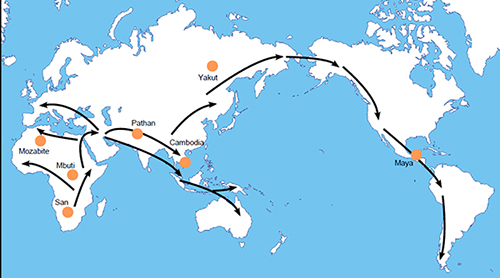
LAUSANNE, SWITZERLAND—Modern humans are thought to have left southern Africa in small groups some 100,000 years ago. Bands of people then traveled on to Asia, and eventually crossed the Bering Strait to colonize the Americas. But the process of natural selection is more powerful in larger populations. Laurent Excoffier of the Swiss Institute of Bioinformatics (SIB) and the University of Bern, and an international team of scientists, employed next-generation sequencing (NGS) technology to examine the genomes of individuals from the Democratic Republic of Congo, Namibia, Algeria, Pakistan, Cambodia, Siberia, and Mexico, and found that the farther away from southern Africa an individual lives, the higher the number of slightly deleterious mutations an individual is likely to have. “We find that mildly deleterious mutations have evolved as if they were neutral during the out-of-Africa expansion, which lasted probably for more than a thousand generations. Contrastingly, very harmful mutations are found at similar frequencies in all individuals of the world, as if there was a maximum threshold any individual can stand,” SIB member Stephan Peischl said in a press release. To read about the first colonizers of the New World, go to "America, in the Beginning."


